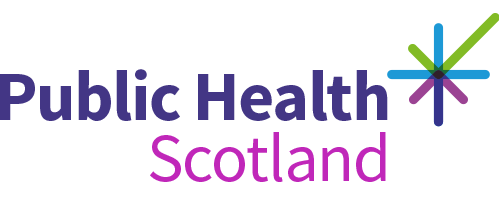Delayed discharges in NHSScotland monthly
Figures for October 2024
Accredited official statistics
Main points
Number of people delayed
At the October 2024 census, there were 2,030 people delayed. This is the highest number of people delayed since the guidelines were amended in July 2016. Compared to the previous three census points this is higher than September 2024 (1,951), August 2024 (2,009) and July 2024 (1,961).
The number of people delayed varies across the Local Authorities. Chart 4 in the All delay reasons workbook shows the variation in the rate of delays per population at the October 2024 census.
Length of delay at census point
The average (median) length of delay for people delayed at the October 2024 census was 28 days. This is slightly shorter than September (29 days) and the same as August and July.
Average number of beds occupied per day
In October 2024 the average number of beds occupied per day due to people delayed in hospital was 2,029. This is the highest average number of bed days occupied since the guidelines were amended in July 2016. Compared to the previous three months, this is higher than September 2024 (1,968), August 2024 (2,000) and July 2024 (1,973).
The chart below shows that the trend in the average daily number of beds occupied by people delayed in their discharge is predominantly driven by the trend in standard delays (health and social care and patient, family and carer related) reasons.
1 Further information on the Delay Reason definitions is available in the Definitions we use section of this publication.
Delayed days in hospital
In October 2024 there were 62,914 days spent in hospital by people whose discharge was delayed. This is an 11% increase on the number of delayed days in October 2023 (56,762).


